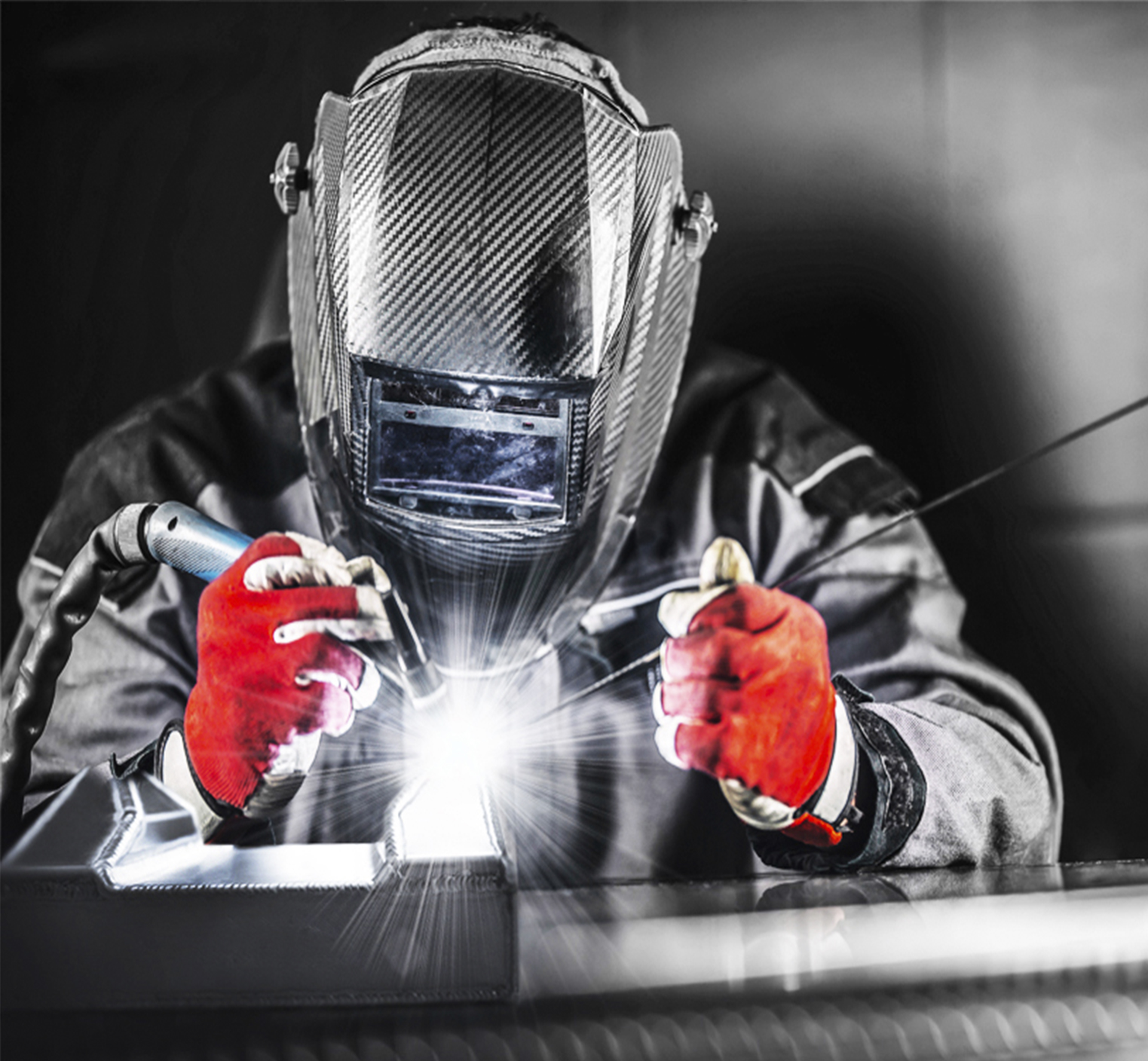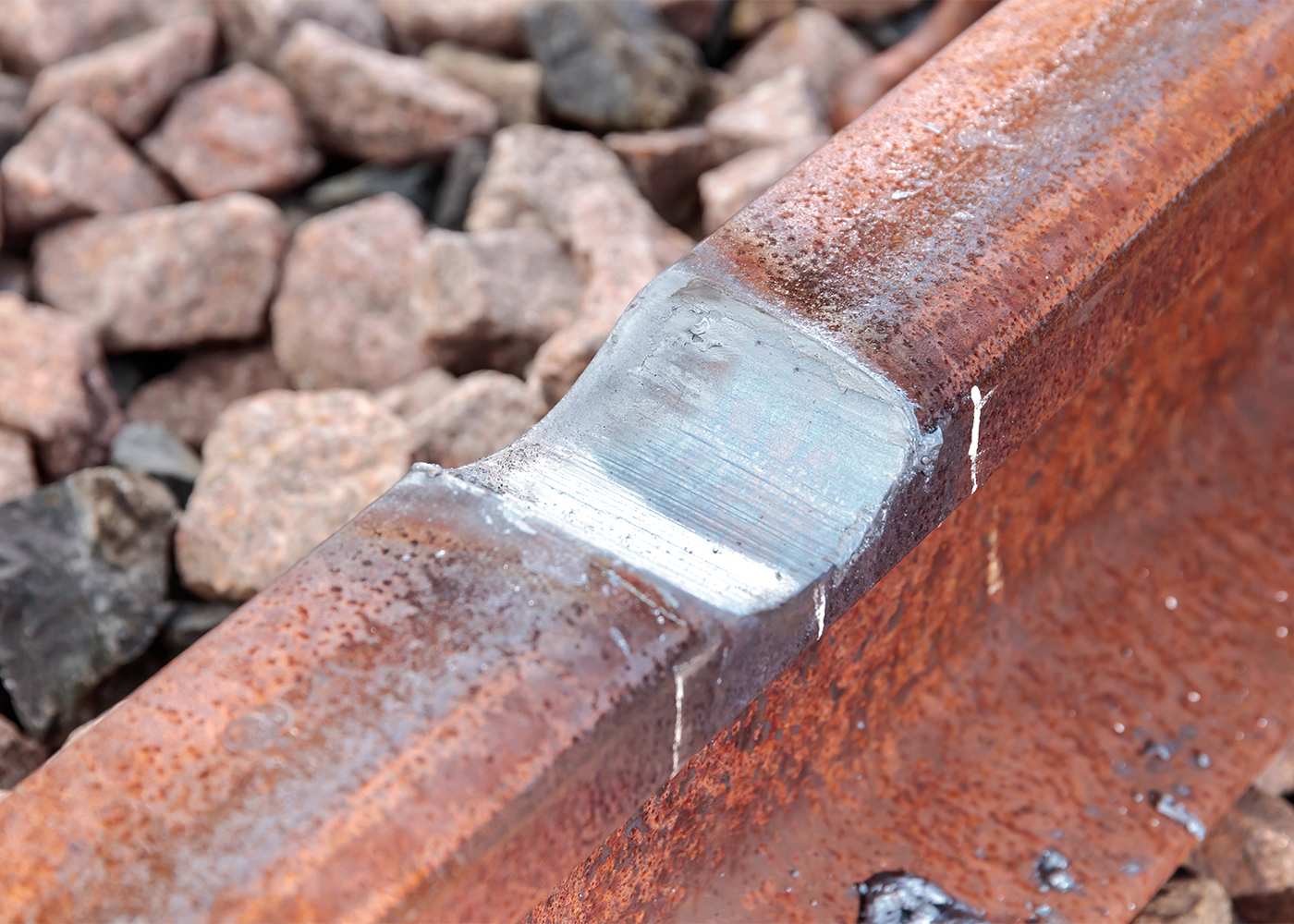Everything about Welding: Secret Insights Into Techniques and Ideal Practices for Success
Welding encompasses a selection of methods, each matched for certain materials and applications. Recognizing these approaches, such as GMAW, SMAW, and TIG, is crucial for achieving perfect outcomes. Furthermore, the best equipment and safety and security practices can not be forgotten. As preparation and repairing play essential duties in the welding process, understanding these elements can significantly improve the quality of the last product. What are the key variables that assure a successful weld?
Recognizing Different Welding Strategies
Welding techniques incorporate a variety of approaches, each matched to specific applications and materials. Amongst one of the most typical strategies are Gas Metal Arc Welding (GMAW), Protected Metal Arc Welding (SMAW), and Tungsten Inert Gas Welding (TIG) GMAW, likewise known as MIG welding, is prominent for its rate and convenience, making it suitable for slim products. SMAW, or stick welding, is favored for its simpleness and effectiveness in outside settings, especially with thicker metals. TIG welding supplies precision and control, making it suitable for detailed work and non-ferrous metals (Belgrade Welding). Each method has its unique advantages and considerations, allowing welders to pick the most effective technique based upon the project's demands, material type, and desired end results. Comprehending these techniques is important for successful welding
Crucial Welding Equipment and Devices
While various welding methods need certain abilities, the best devices and devices are similarly vital for achieving high quality outcomes. Crucial welding equipment consists of welding machines, which vary depending on the method-- such as MIG, TIG, or stick welding. Safety equipment, consisting of headgears, aprons, and handwear covers, guarantees safety and comfort during the procedure. On top of that, clamps and fixtures aid protect products in location, ensuring accuracy in welds. Consumables like welding poles, wire, and protecting gas are also essential components that affect the quality of the weld. In addition, tools such as cutters and grinders promote surface area preparation and post-weld finishing, contributing to a specialist result. Purchasing premium devices inevitably improves the effectiveness and performance of welding tasks.
Safety Practices in Welding
Proper safety practices are important in the welding industry to safeguard workers from possible hazards. Welders have to use proper individual safety devices (PPE), including safety helmets with proper shading, handwear covers, and flame-resistant clothes. Adequate air flow is essential to reduce exposure to damaging fumes and gases produced throughout the welding process. Additionally, workers must be trained in the correct handling of welding tools to avoid accidents. Fire precaution, such as maintaining combustible products away from the welding location and having fire extinguishers conveniently offered, are needed. Routine inspections of equipment and offices can aid identify potential hazards before they bring about accidents. By sticking to these security techniques, welders can create a safer working setting and minimize threats linked with their profession.
Preparing Materials for Welding
Preparing materials for welding is a vital step that greatly affects the top quality and integrity of the final item (Belgrade). Proper prep work involves cleaning up the surfaces to eliminate contaminants such as oil, rust, and dust, which can compromise the weld. Methods such as grinding, fining sand, or using solvents are typically used to accomplish a clean surface. In addition, guaranteeing that the products fit together well is important; gaps can lead to weak welds. It's additionally essential to take into account the positioning and positioning of the parts, as this will certainly affect the convenience of welding and the final end result. Selecting the ideal filler material and ensuring compatibility with the base metals is essential for achieving solid, sturdy welds.
Tips for Achieving High-Quality Welds
Accomplishing top quality welds calls for focus to detail and adherence to best methods throughout the welding procedure. Correct joint preparation is essential, making certain surfaces are tidy and totally free from impurities. Picking the appropriate filler material and welding strategy based upon the base metals is important for perfect bonding. Preserving consistent traveling speed and angle while welding can promote and avoid problems uniformity. Furthermore, managing warm input is crucial; too much warmth can bring about bending and compromised joints. If needed, routinely evaluating the welds during the process allows for instant changes. Lastly, utilizing suitable post-weld therapies, such as cleansing and stress and anxiety alleviation, can boost the toughness and honesty of the weld, eventually ensuring a successful end result.
Repairing Typical Welding Issues
Welding usually provides challenges that can affect the high quality and integrity of the end product. Typical issues such as porosity, irregular weld grains, and getting too hot can develop, each needing details fixing strategies. Understanding these issues is important for welders to boost their skills and attain excellent outcomes.
Porosity Problems Explained
Although porosity can typically be overlooked, it stays an essential problem in welding that can endanger the stability of a completed product. Porosity describes the presence of little gas pockets within the weld grain, which can damage the joint and lead to early failure. This problem usually occurs from contaminants, moisture, or incorrect securing gas insurance coverage during the welding procedure. To minimize porosity, welders must validate that the base products are tidy and dry, make use of appropriate protecting gases, and keep consistent welding specifications. Regularly examining the devices and setting can additionally aid identify potential issues prior to they materialize in the weld. Attending to porosity efficiently is crucial for achieving strong, sturdy welds that fulfill quality requirements.

Inconsistent Weld Beads
Inconsistent weld beads can substantially affect the quality and stamina of a finished item. Different aspects add to this concern, mig welding set including improper traveling rate, incorrect amperage setups, and irregular electrode angles. When the welder relocates too swiftly, a bead may appear narrow and lack penetration, while relocating too slowly can create too much accumulation. In addition, using the wrong amperage can result in either undercutting or extreme spatter, both of which compromise weld honesty. The welder's strategy, such as inconsistent lantern movement, can also bring about uneven grain appearance. To mitigate these issues, welders need to concentrate on preserving steady, regulated motions and making sure proper tools setups to achieve harmony in their welds. Consistency is key to accomplishing reliable and solid welds.
Getting Too Hot and Warping Issues
Excessive warmth throughout the welding process can cause significant overheating and contorting problems, affecting the structural integrity of the work surface. These troubles commonly show up as distortion, which can compromise positioning and fit-up, making more assembly testing. Aspects adding to overheating include the selection of welding parameters, such as voltage and travel rate, as well as the sort of material being bonded. To minimize these problems, welders need to maintain regular traveling rate and suitable heat input while monitoring the work surface temperature. Additionally, preheating or post-weld warmth treatment can assist reduce tensions created by rapid air conditioning - Belgrade Fabrication. Regular evaluation and adherence to finest techniques are crucial in stopping overheating and ensuring the longevity and reliability of bonded frameworks
Regularly Asked Inquiries
What Are the Occupation Opportunities in the Welding Industry?
The welding industry supplies diverse profession possibilities, consisting of positions as welders, educators, inspectors, and designers. Experts can function in manufacturing, building and construction, aerospace, and vehicle industries, taking advantage of strong demand and competitive wages in numerous roles.
How Can I Enhance My Welding Speed Without Sacrificing Top Quality?
To enhance welding rate without compromising quality, one must practice efficient strategies, preserve tools, enhance setups, and improve hand-eye sychronisation. Regular training and looking for comments can also considerably add to accomplishing much faster, top notch welds.
What Qualifications Are Offered for Welders?
Various certifications exist for welders, consisting of those from the American Welding Culture (AWS), the National Center for Building Education and Research (NCCER), and numerous industry-specific organizations. These credentials enhance employability and demonstrate skill proficiency.
Just How Does Welding Influence the Residences of Metals?
Welding influences the homes of steels by changing their microstructure, which can cause adjustments in ductility, strength, and solidity. Warmth input and cooling prices during the process greatly influence these product qualities.
Can I Weld Dissimilar Metals With Each Other?
